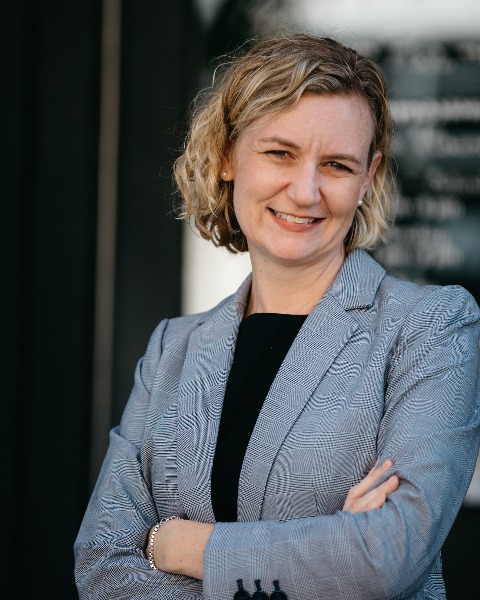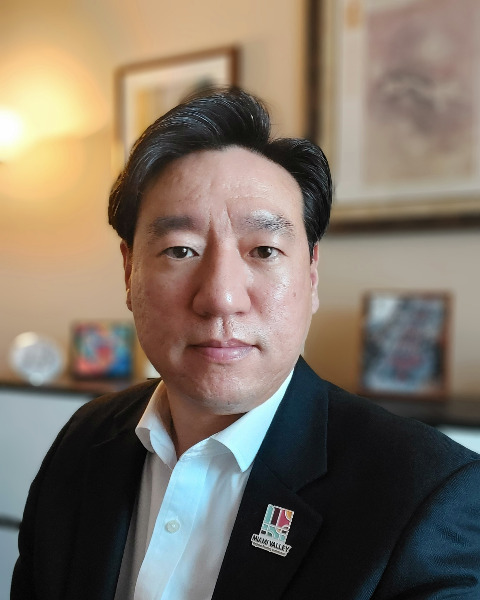Back
Health Equity and Nature
Health Equity in Unexpected Places
Monday, April 3, 2023
1:00 PM – 1:45 PM CDT
Location: 115A
CM | .75
Division Endorsement: Small Town and Rural Planning Division

Sarah D. Kelly, AICP
Director
planning NEXT
Grandview Heights, OH
Martin H. Kim, AICP (he/him/his)
Director of Community and Regional Planning
Miami Valley Regional Planning Commission
Dayton, Ohio
Moderator and Speaker(s)
Speaker(s)
The Miami (Ohio) Valley Regional Planning Commission has done important work to ensure that "all people, regardless of where they live, should have the resources, be provided with opportunities, and be in an environment that facilitates and supports health and well-being."
This presentation draws on health and built-environment assessments that were conducted to share how data collection and presentation can illuminate health disparities and support discussions of health equity in communities that aren't accustomed to doing so. Speakers describe efforts to engage communities in discussions about social determinants of health and how health outcomes can be improved through planning an environment that fosters active living. Learn from instances when integrating health equity into planning processes had significant impacts. Examples focus on the types of communities that seldom are considered likely candidates for emphasizing health equity: rural villages, bedroom suburbs, and mid-sized legacy cities. Learn methods for bringing health equity into conversations with unlikely groups and collaborating with them to influence health outcomes.
NPC Peer Reviewers assigned this presentation a learning level of Intermediate. For more on learning-level descriptions, visit our General Information Page.
This presentation draws on health and built-environment assessments that were conducted to share how data collection and presentation can illuminate health disparities and support discussions of health equity in communities that aren't accustomed to doing so. Speakers describe efforts to engage communities in discussions about social determinants of health and how health outcomes can be improved through planning an environment that fosters active living. Learn from instances when integrating health equity into planning processes had significant impacts. Examples focus on the types of communities that seldom are considered likely candidates for emphasizing health equity: rural villages, bedroom suburbs, and mid-sized legacy cities. Learn methods for bringing health equity into conversations with unlikely groups and collaborating with them to influence health outcomes.
NPC Peer Reviewers assigned this presentation a learning level of Intermediate. For more on learning-level descriptions, visit our General Information Page.
Learning Objectives:
- Identify ways to measure health equity in a variety of community types, taking into consideration their unique characteristics.
- Integrate data with public input to formulate health-equity goals, objectives, and recommendations that are both grounded in information and reflective of a community's values and aspirations.
- Formulate ways of talking about health equity with a wide range of demographic groups and in many different contexts (urban, suburban, rural).
